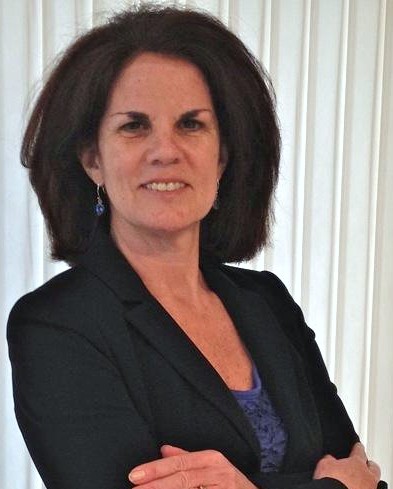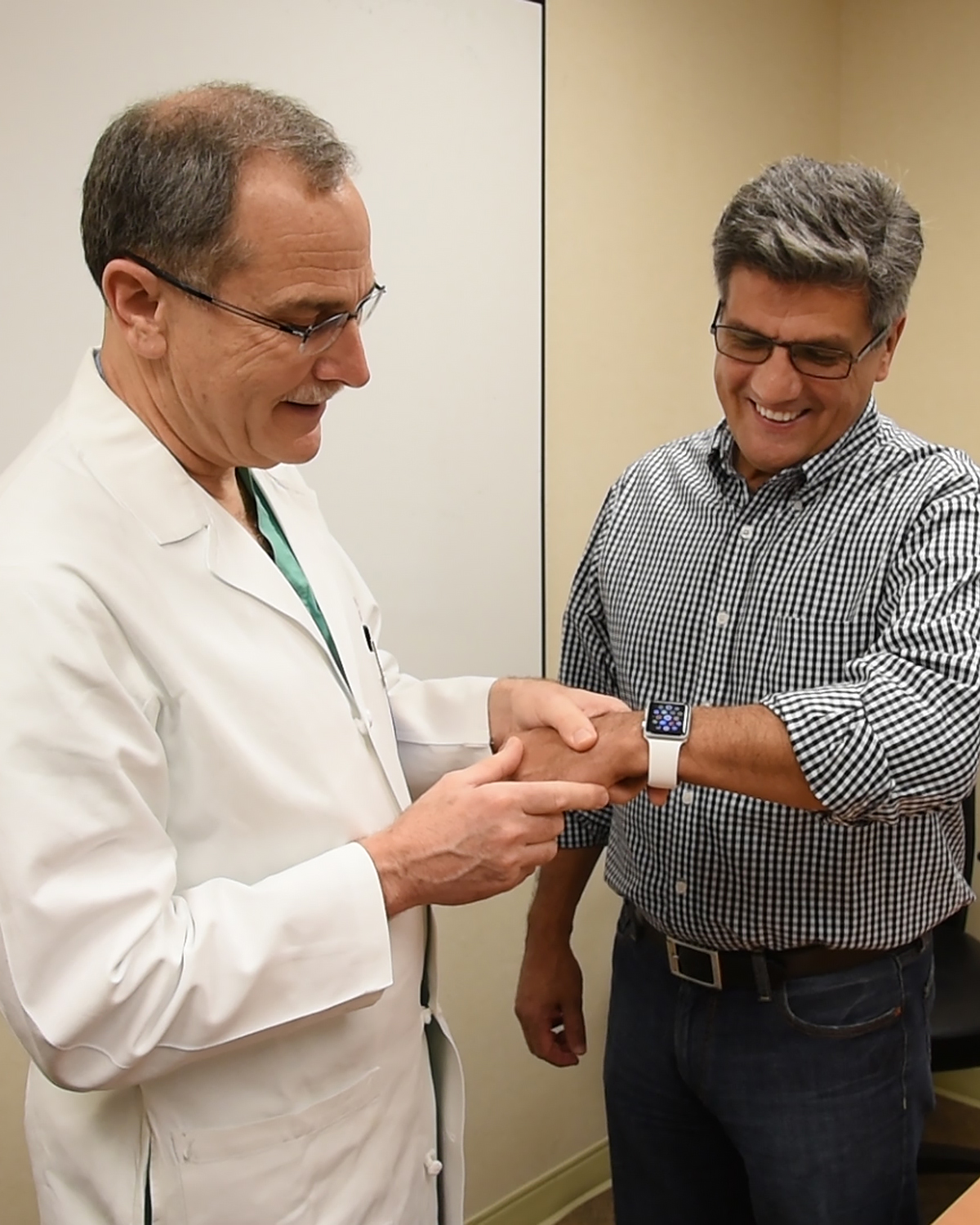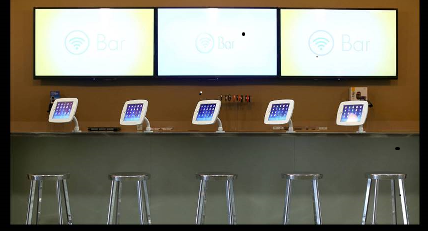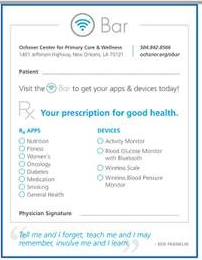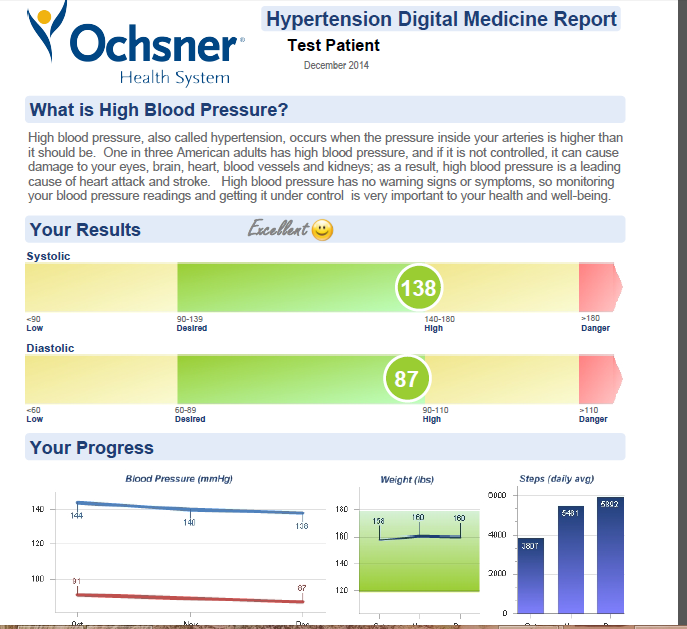 Dartmouth-Hitchcock (D-H), an innovative New England healthcare system with 1,000+ providers is committed to creating a “sustainable health system”, which proactively engages patients through new care models to achieve the triple aim.
Dartmouth-Hitchcock (D-H), an innovative New England healthcare system with 1,000+ providers is committed to creating a “sustainable health system”, which proactively engages patients through new care models to achieve the triple aim.
Over the years, D-H has invested in technologies that empower patients to collaborate with providers through shared decision tools and Telehealth, treating “patients and their families as partners in care”.
D-H has been a pioneer in innovative payment models with both the government and commercial payers.
In early 2015, D-H’s leadership team committed to create a truly patient-centric healthcare organization, which delivers high quality proactive personalized care to the patient beyond the hospital walls.
“Dartmouth-Hitchcock purposefully set out to assemble a team of employees with backgrounds from other consumer industries like hospitality and retail that would augment the world-class capabilities of our clinical staff, to improve the health care delivery experience”, explains Vin Fusca, COO, ImagineCare.
With their consumer- centric “healthcare without boundaries” vision, D-H management has designed a truly “care- driven” solution. ImagineCare, a cloud- based platform, enables providers to closely collaborate with each patient to meet her care goals at any time and from anywhere.
ImagineCare treats the patient holistically through the active and passive collection of a comprehensive set of patient data. In addition to condition specific evidence-based care pathways (i.e. ImagineCare Hypertension Pathway, COPD Pathway, CHF Pathway, Diabetes Pathway), D-H incorporates a “Core Health Pathway” to capture steps, heart-rate activity, sleep, and stress (Behavioral Health), providing contextual insight into the patient’s health.
With ImagineCare, the Provider and patient have a window into the latest health status for insight and action. In the background, ImagineCare collects information from the patient (i.e. sensor- based devices, apps), combines it with EMR data (i.e. patient visits, labs, meds) and processes it through complex clinical care algorithms with machine intelligence to pinpoint when the patient is at risk. High tech meets high touch when ImagineCare notifies the RN or Health Navigator to reach out to the patient for real-time support and intervention.
 “ImagineCare leverages the best available technologies to assist with care, but does not replace the importance of the human touch to drive behavior change. ImagineCare seamlessly combines these components to help patients achieve their health goals”, shares Dr. Ethan Berke, Chief Medical Officer, ImagineCare.
“ImagineCare leverages the best available technologies to assist with care, but does not replace the importance of the human touch to drive behavior change. ImagineCare seamlessly combines these components to help patients achieve their health goals”, shares Dr. Ethan Berke, Chief Medical Officer, ImagineCare.
Patient Experience
During her recent doctor’s visit, (patient) Pam decides to participate in D-H’s new ImagineCare Program to help her lose weight and proactively manage her hypertension.
Within 48 hours, Pam receives an email to quickly enroll in ImagineCare and a welcome call to discuss her personal health goals. Two days later a personalized ImagineCare Kit (box) is delivered to her door containing a program overview, a wireless blood pressure cuff and an activity band, devices which fit her selected health goals. Pam follows the instructions to connect her devices to the ImagineCare app.
During enrollment, Pam’s shares her profile information such as personal health goals, challenges, communication preferences, family support, and defines her “medical neighborhood” (i.e. Providers, pharmacy, caregivers). She adds more information when responding to daily questions to create a rich picture about her health needs and resources required to tackle care plan activities.
Anxious about her attempts to lose weight, Pam indicates in the mobile app that she only wants to receive texts to help her stay on track with her weight-management goal.
Through the ImagineCare mobile app, Pam answers daily questions about how she is really doing, while her wireless blood pressure cuff and activity band retrieve and send real-time measures. Pam receives nudges, encouraging messages and digital check-ins to ensure she stays on track with her care plan. Yesterday’s text asked Pam if she was okay since she hadn’t provided her blood pressure as expected.
D-H’s RNs and Health Navigators continuously monitor Pam’s health status, review her trends, and respond to risk warnings by reaching out via text which is her communication preference. Since Pam designates her daughter as a personal health representative within the mobile app, ImagineCare’s RNs are permitted to speak with her about Pam’s health.
ImagineCare Success Measurement
ImagineCare is designed to empower a health care organization to right-size provider visits, lower ED utilization and decrease admission and re-admissions. ImagineCare provides a more engaging solution to help health care delivery systems increase quality of care, decrease cost and improve patient experience.
In addition to these quantitative measures, D-H actively gathers qualitative patient feedback to understand the patient experience. Comments from patients about engaging in the ImagineCare program include:
“I monitor my blood pressure every day, and after a particularly stressful day at the office I went home, took my blood pressure, and five minutes later one of the nurses called and talked me through an immediate care protocol.”
“It has improved my ability to manage my health…The ability to connect with people for support and also send information to my healthcare providers, makes it easier.”
"I am extremely impressed with the ImagineCare phone app. It is very easy to use and seems very intuitive”.
ImagineCare Future
ImagineCare is constantly updating its services and products based on patience engagement data, clinical data, and new technological capabilities coming to market. In a digital health landscape that is becoming more fragmented, ImagineCare will continually create holistic, customer-centered health services to better care for patient populations.
D-H’s team has packaged up the ImagineCare platform for other providers, payers and (self- insured) employers to deliver personalized patient care for better outcomes.
 consumer generated health and wellness content,
consumer generated health and wellness content,  mobile health and wellness texting,
mobile health and wellness texting,  online health and wellness support,
online health and wellness support,  personalization for health and wellness,
personalization for health and wellness,  wearables health in
wearables health in  Care collaboration,
Care collaboration,  Connected Health,
Connected Health,  Data Driven Health Engagement,
Data Driven Health Engagement,  Patient Decision Support,
Patient Decision Support,  Patient Engagement,
Patient Engagement,  TeleHealth,
TeleHealth,  shared decision making ehealth
shared decision making ehealth 
